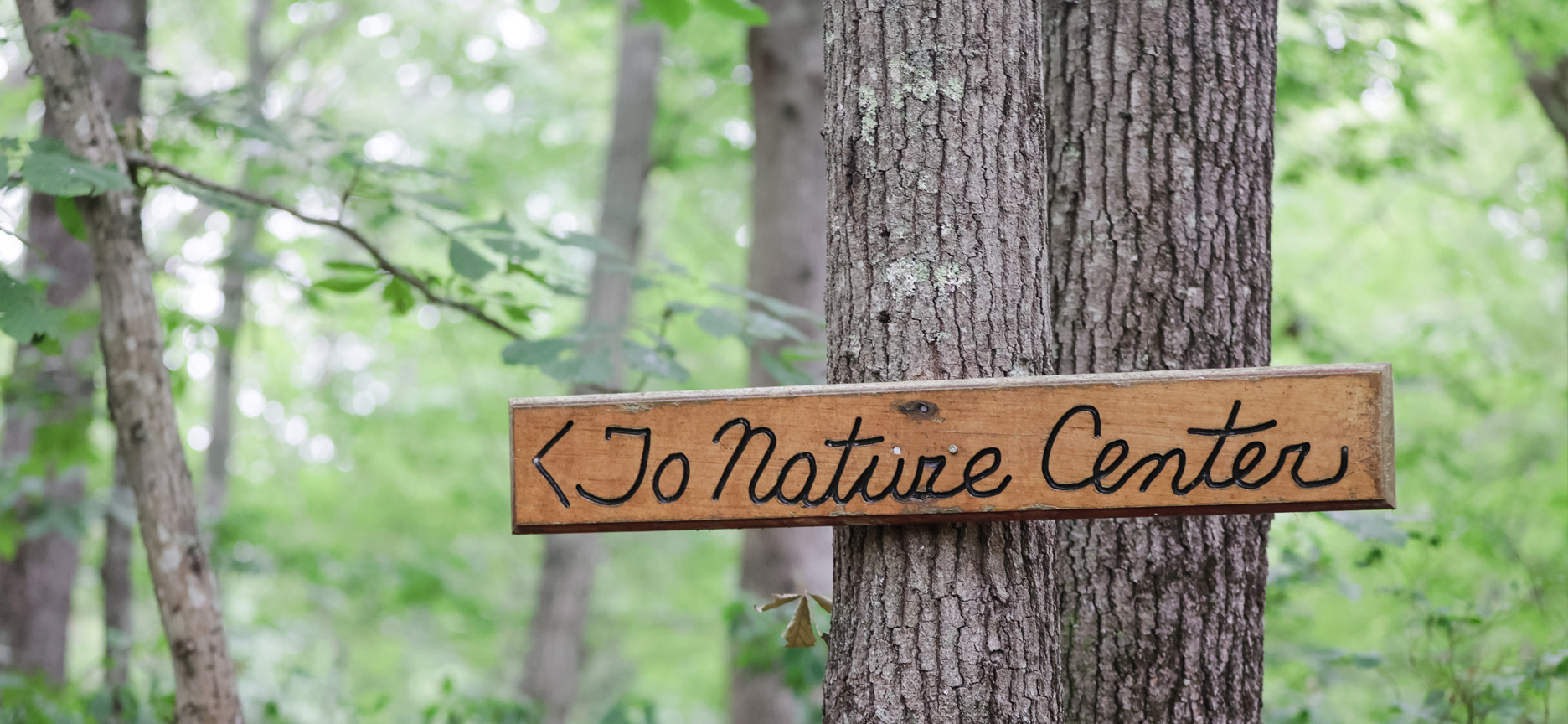March Nature Notes
This month sees the biggest snows as well as the hardiest plants that herald the coming of Spring.
Mar 3
Crocuses begin to bloom, a sign that spring is around the corner. They are cold tolerant and may even bloom while snow is still on the ground.
Mar. 5
The American Woodcock begins to display at dusk and dawn in open fields. Males can be heard calling as they spiral high into the sky and loop back down to the ground to attract a female.
MAR 6
Skunk cabbage flowers appear through old leaves in swampy areas. These maroon hooded flowers are able to produce their own heat (up to 70°F) which can melt snow. This heat also provides a safe haven for early hatching insects such as flies that pollinate the flowers.
MAR. 7
Ponds are beginning to thaw and warm up. This, along with longer days, is enough for algae growth to increase and create more habitat and food for aquatic animals.
MAR. 9
Mourning doves build their first nests of the year. They will lay 1-2 eggs in each brood and may have up to 6 broods in a year.
MAR. 11
Red Maple buds begin swelling. They have been dormant all winter, and now, with the longer days and warmer weather, they are getting ready to flower in the coming weeks.
MAR. 13
Black Bears emerge from their dens. Males will emerge first, followed by females in late March to mid April.
MAR. 15
Wood frogs awaken from a frozen hibernation. Their unmistakable “quack” can be heard from vernal pools and ponds.
MAR. 18
Mourning Cloak butterflies emerge from hibernation. They hibernate under tree bark and when they emerge, Mourning Cloaks feed on flowing sap from tree branches.
MAR. 18
Mourning Cloak butterflies emerge from hibernation. They hibernate under tree bark and when they emerge, Mourning Cloaks feed on flowing sap from tree branches.
MAR. 22
Ospreys start to return from South America. Pairs will often reunite at their old nest site, and make repairs and add material to ready it for egg laying.
MAR. 22
Ospreys start to return from South America. Pairs will often reunite at their old nest site, and make repairs and add material to ready it for egg laying.
MAR. 26
Gray squirrels have their first litter of babies. They are born blind, deaf, and without any fur and rely on their mother’s constant care for about 10 weeks before they will explore on their own.
MAR. 31
Eastern Phoebes start calling to protect their territory and for mates. They are one of the only songbirds known to reuse nests.

